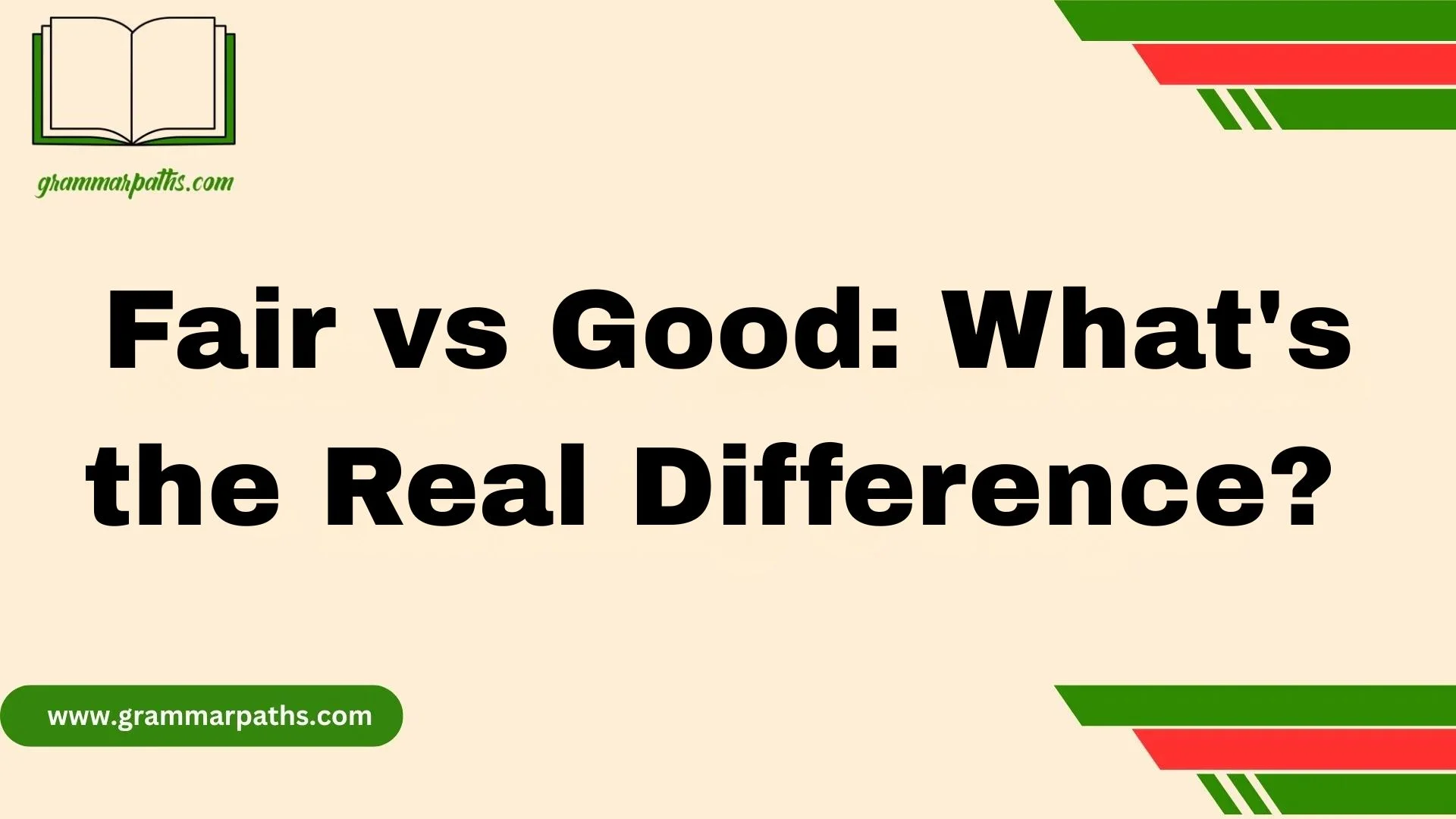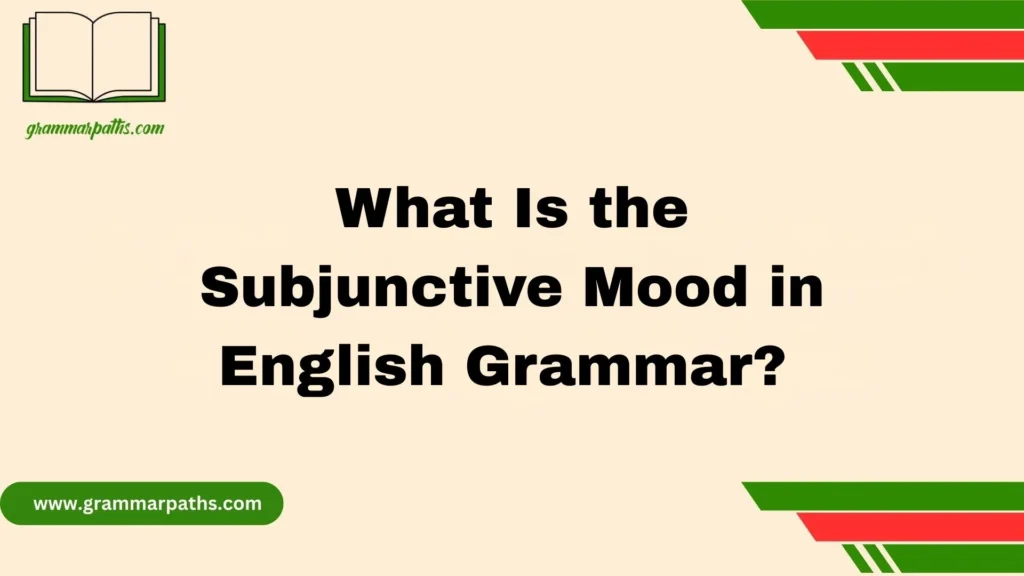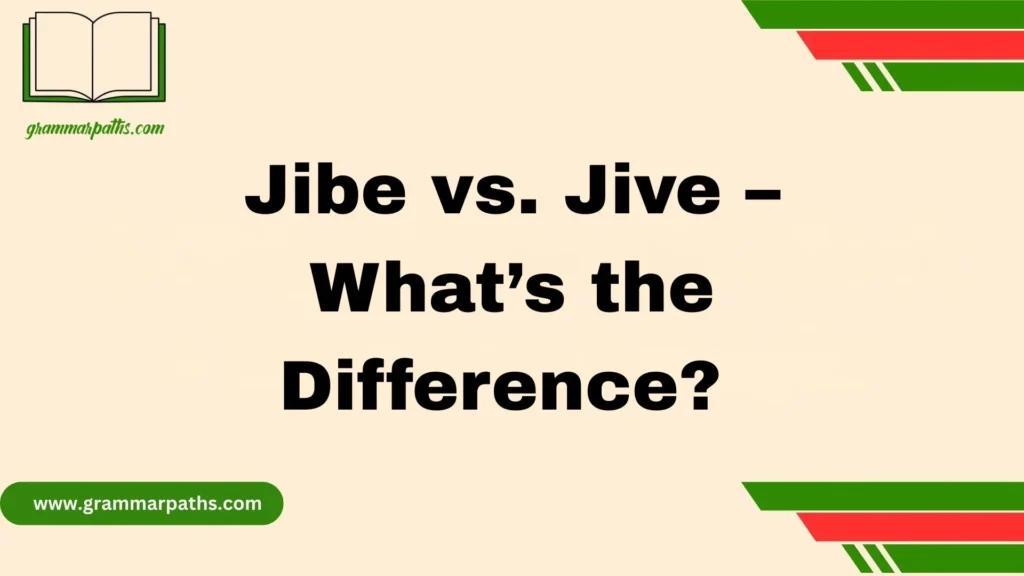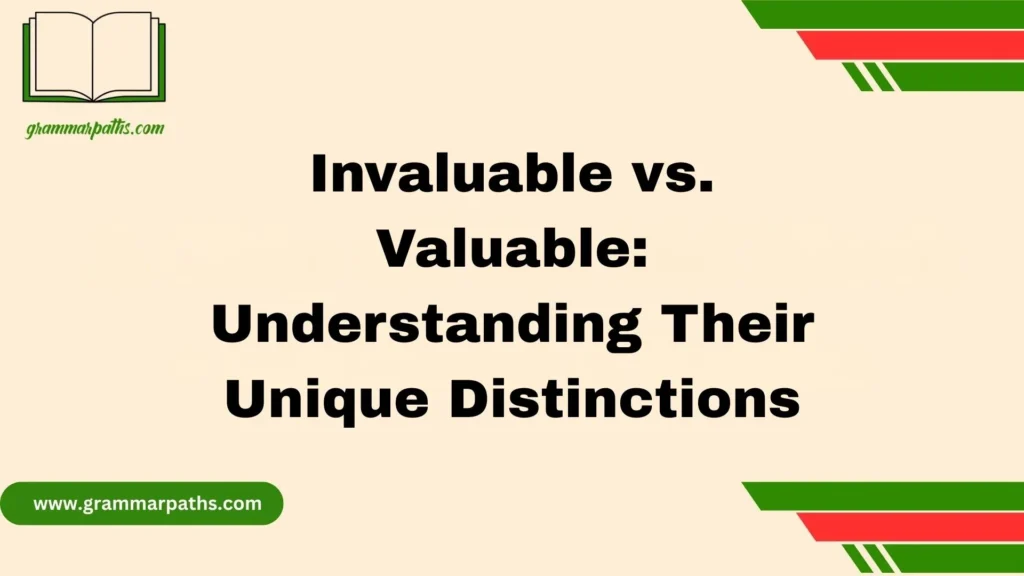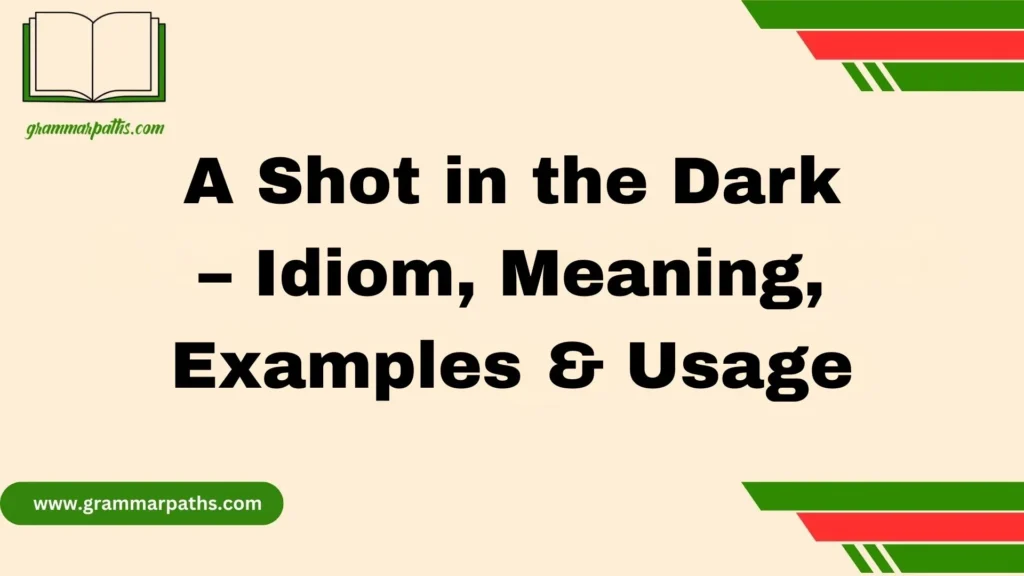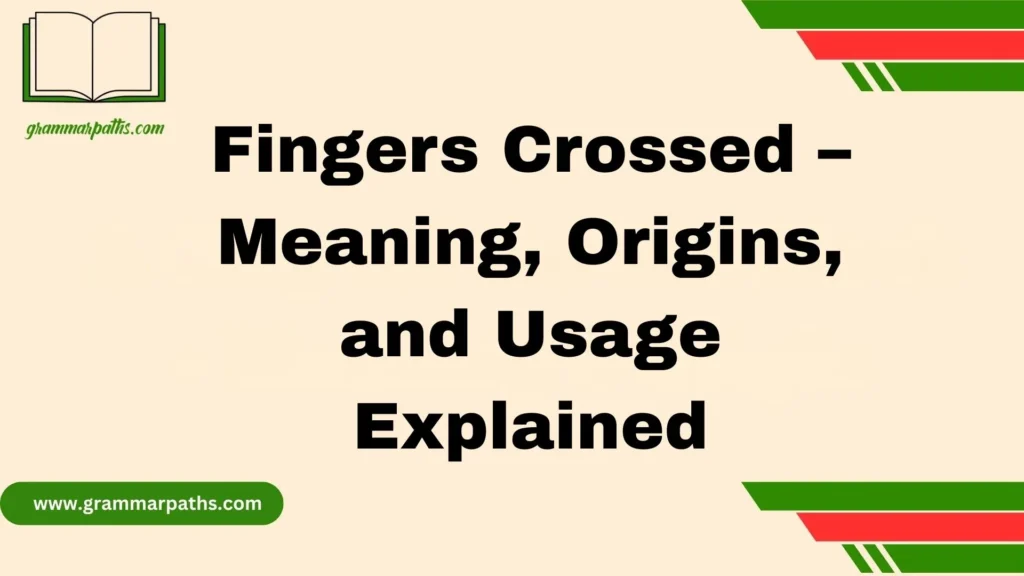A teacher once gave my essay a “fair” because it covered the basics but lacked the depth she expected. She said it wasn’t bad, just not detailed or insightful enough. The next one got a “good” because it was organized, clear, and thoughtful. This mirrors what I’ve seen in health checkups too—results labeled “fair” often mean you’re okay but should monitor things like blood pressure or cholesterol. A “good” checkup, however, means your body’s in strong shape with no significant worry. It’s subtle, but in the real-life context of Fair vs. Good – What’s the Real Difference?
In consumer reviews, I’ve seen these labels affect choices all the time. A fair appliance may work just fine, but it’s often noisy or less efficient. On the other hand, good-rated items are usually quieter, more reliable, and better in design. I once booked a hotel based on a “fair” review—the clean rooms were nice, but the limited service was a letdown. Next time, I chose one with a “good” rating, and everything from the friendly staff to the great amenities confirmed I made the right call.
Understanding the Real Definitions of Fair vs Good
Let’s start with the foundation. These words are often tossed around, but rarely examined in depth.
What Does “Fair” Really Mean?
- “Fair” generally implies something that’s adequate, average, or minimally acceptable.
- It’s not terrible, but it’s not impressive either.
- It suggests room for improvement without being outright negative.
Examples:
- “The condition of the laptop is fair.” → Expect scratches or performance issues.
- “Your performance is fair.” → You’re meeting the bare minimum.
What Does “Good” Really Mean?
- “Good” implies something that’s solid, dependable, and satisfactory.
- It doesn’t mean excellent, but it’s comfortably above average.
- There’s a sense of approval or reliability attached.
Examples:
- “The condition of the phone is good.” → It works well with minor signs of use.
- “She’s a good employee.” → Reliable, steady, productive.
Side-by-Side Comparison Table
| Attribute | Fair | Good |
| Connotation | Neutral to mildly negative | Positive |
| Implied Quality | Just meets basic standards | Meets or exceeds expectations |
| Emotion it Evokes | Concern, mediocrity | Trust, comfort |
| Typical Use | Honest disclosure, critique | Confidence, reliability |
| Examples | Fair health, fair condition | Good credit, good performance |
The Psychology of Perception: How We Process “Fair” vs “Good”
Words carry emotional weight.
- Fair feels like a warning. It’s cautious, hesitant.
- Good feels safe, encouraging, and even rewarding.
In psychology, this falls under the umbrella of framing effect—people react differently depending on how information is presented.”A person rated as ‘fair’ on a resume might not get called. The same person rated ‘good’ probably will.” — HR Specialist, 2024 That one word shift can influence whether someone clicks on a product listing, trusts a review, or gives someone a chance.
Cultural and Social Interpretation in the U.S.
In the United States, especially among younger audiences (Gen Z, Millennials), language is highly value-driven.
- “Fair” is often seen as subpar, especially in education and digital ratings.
- “Good” aligns with acceptance, social approval, and success.
This has shaped how platforms, schools, and employers craft their communications.
Key Influences:
- Grading scales in schools
- Amazon and Yelp rating systems
- Performance reviews in workplaces
- Credit and insurance scoring models
Where We See “Fair” and “Good” in Action
Consumer Product Reviews
Let’s say you’re shopping for headphones. You see two listings:
- “Condition: Fair” – You might assume broken hinges, scratches, or outdated features.
- “Condition: Good” – You expect a reliable item with some wear but functional.
Platforms like eBay and Amazon rely heavily on this language.
Grading in Schools
- Fair: Equivalent to a D or low C.
- Good: Equates to a B.
Teachers use these terms to provide non-numerical feedback, which can shape a student’s self-esteem and parental response.
Workplace Reviews
Employees are often rated:
- Fair: Meeting expectations but lacking initiative
- Good: Dependable, proactive, and positive contributor
Raises and promotions hinge on these word choices.
Medical and Insurance Assessments
Doctors might describe a patient’s health as:
- Fair: Signs of chronic illness or risk
- Good: Stable with minor conditions
Insurance underwriters translate this language into policy terms and premium adjustments.
Credit Score Systems: Real-World Stakes
Here’s where the difference has tangible financial consequences.
FICO Score Breakdown
| Rating | Score Range | Meaning |
| Fair | 580–669 | Subprime credit risk |
| Good | 670–739 | Acceptable, reliable credit |
Impact of Fair vs Good Credit
| Factor | Fair Credit | Good Credit |
| Interest Rate (Car Loan) | ~12% | ~6% |
| Mortgage Qualification | Harder approval | Easier approval |
| Insurance Premiums | Higher | Lower |
| Rental Applications | Risk flag | Confidence booster |
Case Study:
Alex (Fair Credit): 640 score → denied mortgage, offered 12.4% APR car loan.
Jamie (Good Credit): 700 score → pre-approved mortgage, 5.9% APR car loan.
This one-word difference = thousands of dollars over time.
Online vs In-Person Descriptions: Trust at Stake
Online Listings (Facebook Marketplace, Craigslist)
- “Fair” implies defects or uncertainty
- “Good” implies functionality and seller honesty
Buyers react more positively to listings labeled “Good,” even when descriptions are nearly identical.
Retail Store Labels
In secondhand stores, you’ll often see:
- Fair: Heavy wear, faded colors
- Good: Minor wear, still presentable
This impacts buying decisions and pricing strategies.
Consumer Behavior: Anchoring, Expectations & Trust
Humans anchor their expectations based on the first word they hear or read.
- “Fair” anchors low expectations.
- “Good” anchors moderate to high expectations.
This is why marketing uses terms like:
- “Very Good”
- “Like New”
- “Excellent”
How to Choose the Right Word: With Examples
Use “Fair” When:
- You need to be realistic and transparent
- Honesty is more important than persuasion
Examples:
- “The textbook is in fair condition—some highlights and a bent cover.”
- “His recovery is fair—still weak but stable.”
Use “Good” When:
- You’re confident about quality or performance
- You want to reassure or encourage
Examples:
- “This resume shows good communication skills and leadership.”
- “Condition: Good – fully functional with only minor signs of wear.”
Avoid Overuse
- If everything is “good,” the term loses meaning.
- Be specific: say “good with details but needs help with deadlines.”
Industry-Specific Breakdown: Fair vs Good
| Industry | Fair Meaning | Good Meaning | Consequence |
| Credit Scores | Risky borrower | Reliable borrower | Loan terms, housing, job screening |
| Health | Chronic issues manageable | Stable with minor issues | Insurance premiums |
| Product Reviews | Acceptable but worn | Functional and lightly used | Buyer trust, return rate |
| Education | Needs improvement | Performing above minimum | Academic standing, scholarships |
| Workplace | Meets expectations minimally | Solid performer | Raises, promotions |
Real Case Studies
Job Reference Impact
- Candidate A: Reference: “Fair work ethic” → No callback
- Candidate B: Reference: “Good work ethic” → Hired after one round
Used Car Listings
- “Fair” 2017 Toyota Camry → 8 days unsold
- “Good” 2017 Toyota Camry → Sold in 2 days with same price and specs
College Application Essay Reviews
- Feedback: “Fair structure, missing focus” → Revision needed
- Feedback: “Good structure, clear flow” → Accepted essay
Everyday Speech: Nuance and Tone
Word choice changes tone instantly.
| Sentence | Meaning Shift |
| “That was a fair effort.” | Mediocre, needs improvement |
| “That was a good effort.” | Solid attempt, positive reinforcement |
| “Her condition is fair.” | Unstable, watchful |
| “Her condition is good.” | Stable, hopeful |
Tone matters more than just the word itself—it reflects your intent and how others receive it.
Quick Guide: When to Use Each Term
Use “Fair” When:
- You’re describing borderline situations
- Honesty, realism, or caution is required
- You’re offering constructive criticism
Use “Good” When:
- Something meets solid, reliable standards
- You want to reinforce confidence
- Positive framing is appropriate
Final Thoughts: Why Word Choice is Power
Whether it’s a teacher’s rating, a health checkup, or a product review, understanding the subtle shift between “fair” and “good” can shape smarter decisions. These words may seem small, but they stand miles apart in real meaning. Knowing how to read and use them correctly in English can boost how we communicate, judge quality, and set expectations—both in our everyday lives and in professional evaluations.
FAQs:
What does “fair” mean in a review?
Fair usually means something is average, acceptable, or just okay. It’s not bad, but it may lack quality, detail, or strong performance.
Is “good” better than “fair”?
Yes, “good” is a higher rating than “fair“. It suggests better quality, reliability, or results, and usually meets or exceeds expectations.
Can “fair” and “good” be used interchangeably?
Not really. While some people use them interchangeably, they have different implications. “Fair” is more neutral or average, while “good” shows something is better than average.
Why do small word choices like “fair” and “good” matter?
These small words carry big meaning. Whether you’re reading a performance review, a loan application, or a product rating, knowing the difference helps in making better decisions.
How does this apply in real life?
From buying a used car, checking health reports, or reading hotel reviews, understanding fair vs. good helps you know what to expect, what to trust, and what to avoid.

Grace Marie is the dedicated writer behind GrammarPaths.com, where she shares her passion for English grammar, idioms, and writing mastery. With a strong background in language studies and years of experience helping learners improve their communication skills, Grace creates clear, practical, and engaging content that makes English easy to understand.
